You don’t need to know the opera Tosca to understand and enjoy this book about Puccini’s most notorious villain, Vitellio Scarpia, portrayed on stage as a ‘sadistic agent of reaction’, a cut-throat murderer who enjoys drinking his victims’ blood from their skulls and, as one of my opera-loving Kensington pals puts it, ‘not a nice bloke at all!’
In fact you may not even recognise him in these pages. Here Scarpia appears as an all-round human being, kind-hearted, handsome, likeable, occasionally lonely, even destitute, who also just happens to be a brilliant swordsman and man of action. Brought up in Sicily, his first act of daring is to rescue a girl who has been captured by Barbary pirates, even if it means stabbing her lover in the stomach. Later, he forgives one of his enemies by pretending to have him shot and thrown to the dogs but actually letting him secretly escape.
Set at the end of the 18th century and lit up by philosophical pronouncements like ‘Not to forgive is itself a sin’, this tender, savage book offers a powerful portrait of ancient Italy, its palazzos and parties, powdered wigs and episcopal rings, candlewax, incense, ice cream and loads of sex. Sex and seductions feature far more in this book than in any other work by Piers Paul Read to date.
These complex tableaux vivants are held together by the promise of some future connection between the up-and-coming Scarpia and the peasant’s daughter Floria Tosca, whom we first meet singing and spell-binding clergy and congregation alike in a little old church near Venice. Scarpia’s and Tosca’s first encounter actually takes place some years later when Tosca, by then a major opera star, escapes from la Fenice theatre and leaps into a gondola on the Grand Canal which happens to be occupied by Scarpia, now a baron and already being cuckolded by the most beautiful woman in Rome. Their second, more intimate, meeting comes at least 80 pages later on a bed of pine needles beside the moonlit sea after another mesmerising performance by Tosca at an open-air theatre in Sicily.
Meanwhile, there have been major international events. The French revolution has begun, the French king and five bishops have been slaughtered and foreign troops have marched into Rome. Napoleon, Nelson and even the English ‘strumpet’ Lady Hamilton have joined a vast cast of characters which already includes not only the ‘not particularly devout’ Pope Pius VI and any number of titled folk — many of them with indigestible Italian names — but also their assorted coachmen, major-duomos, outriders, valets, cooks, grooms and other attendants.
Not until the last few pages does the story overlap with the dramas portrayed by Puccini. These ghastly final scenes, which I read while sipping a delicious screw-topped Sicilian red wine, left me shocked and befuddled and even more convinced that the world is a far better place today than it was a couple of centuries ago.
Got something to add? Join the discussion and comment below.
Get 10 issues for just $10
Subscribe to The Spectator Australia today for the next 10 magazine issues, plus full online access, for just $10.
Available from the Spectator Bookshop, £14.99 Tel: 08430 600033
You might disagree with half of it, but you’ll enjoy reading all of it. Try your first month for free, then just $2 a week for the remainder of your first year.

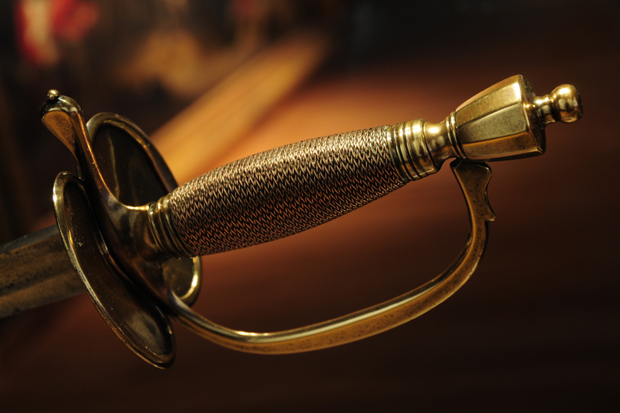
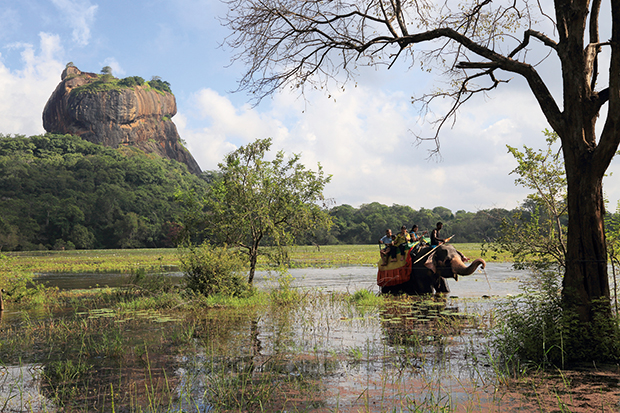
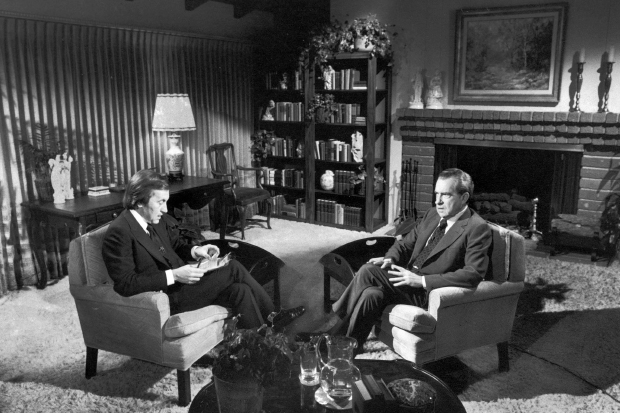
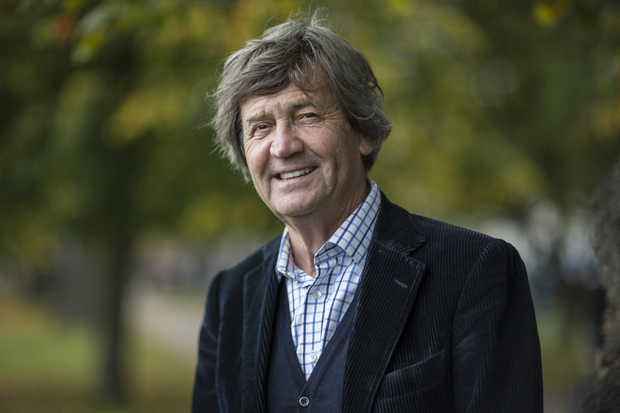
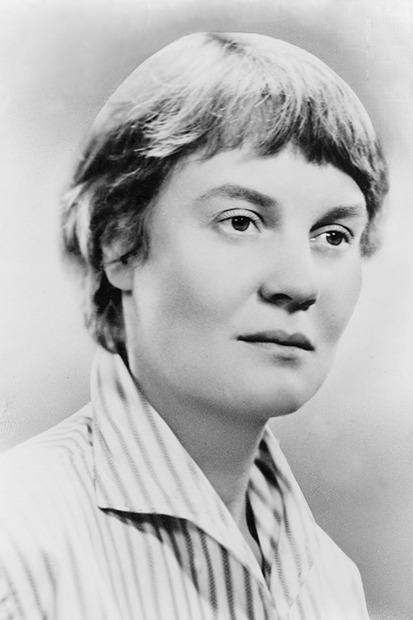
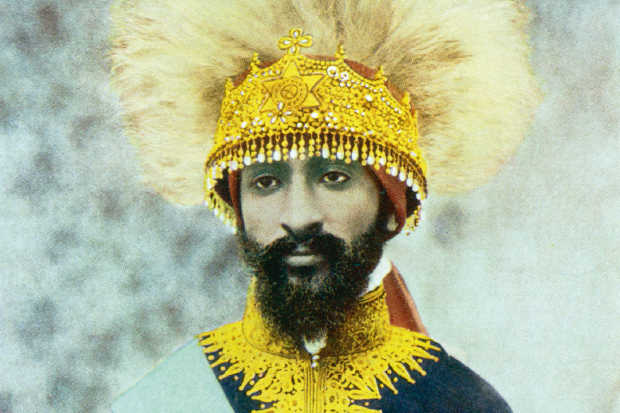







Comments
Don't miss out
Join the conversation with other Spectator Australia readers. Subscribe to leave a comment.
SUBSCRIBEAlready a subscriber? Log in